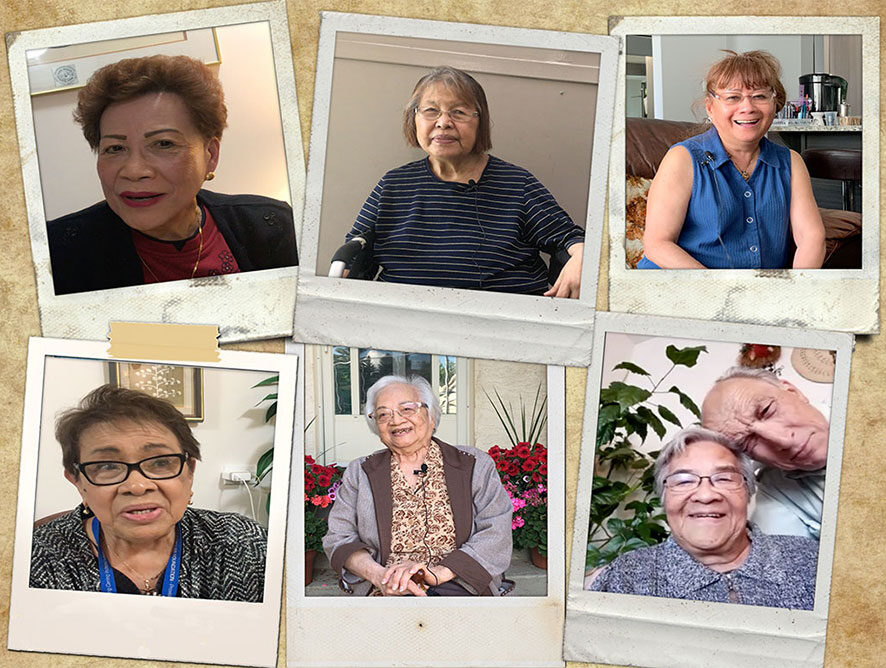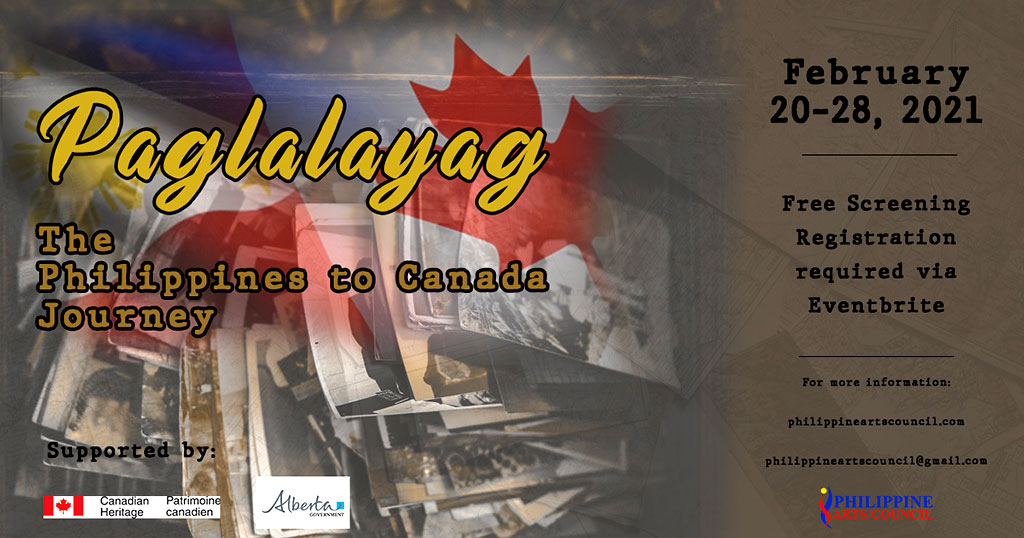Creator’s Notes on Paglalayag: the Philippines to Canada Journey
My curiosity on people’s lives heightened upon our arrival in Canada. Without fail, with every Filipino I have encountered, the conversation would inevitably lead to stories of migration. And I am definitely not alone in this. “How long have you been here in Canada?”, “Which part of the Philippines are you from?”, “How did you come to Canada?”, are typical follow-up topics.
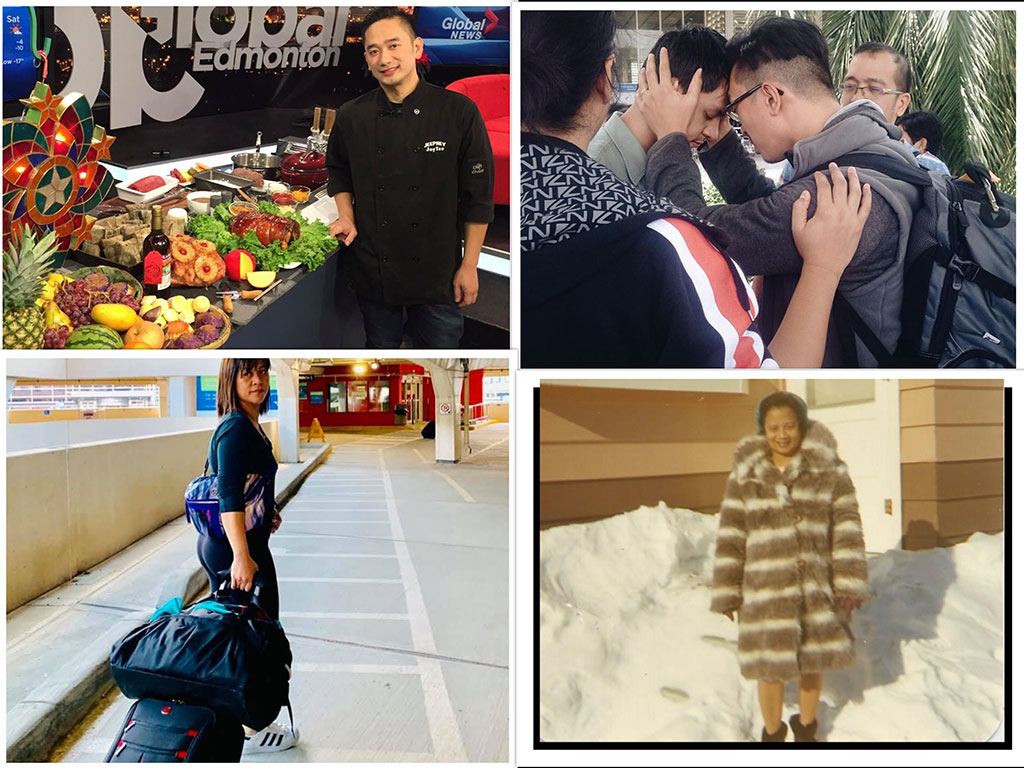
More than a decade of engaging in these kinds of conversation have not diminished the level of amazement, respect and at times, hilarity that I experience with the various stories. I have heard numerous stories of hope, misfortune, serendipity, fortitude and honour in the pursuit of a better life. Some stories validate the saying ‘reality is stranger than fiction’.
And this was the impetus for the project Paglalayag: the Philippines to Canada Journey – to chronicle the stories of migration of Filipinos to Canada. Paglalayag is the Filipino word for voyage or journey. The documentary relates the experiences of Filipinos: from those who arrived in the 1960s; the teachers, nurses, caregivers, temporary foreign workers; the contributions and achievements; and the importance of heritage with Filipino-Canadians. It also features Filipino artistry in music, dance and poetry.
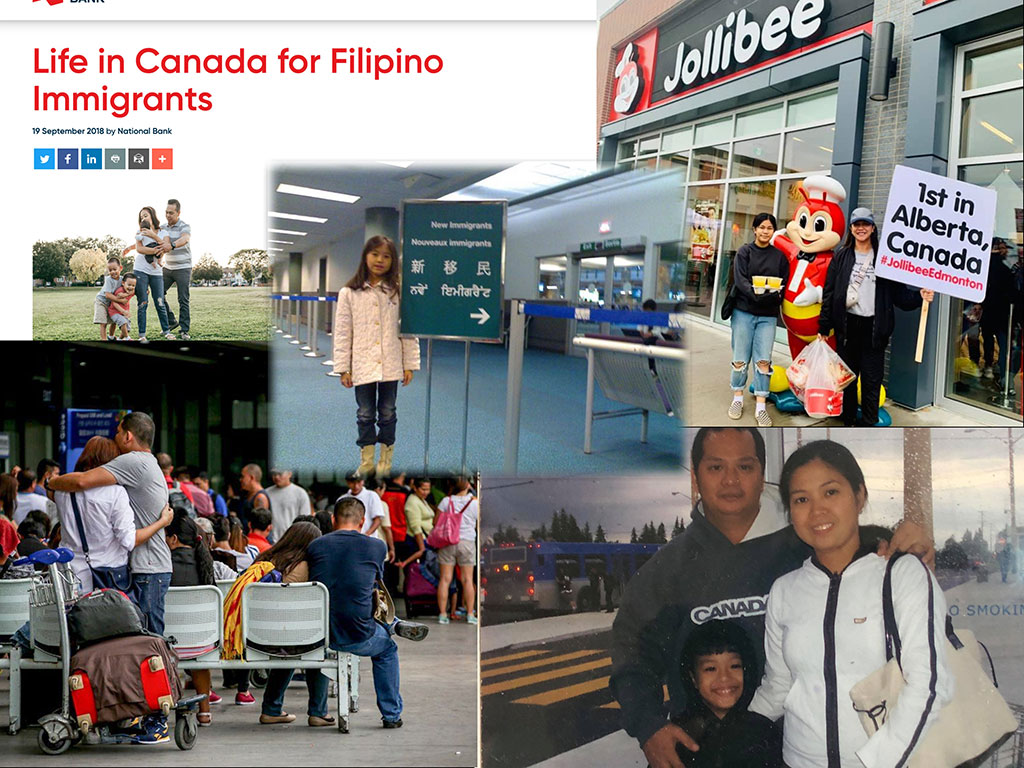
The first documented wave of Filipinos came in the 1950s, with some articles stating that it actually was as early as the 1930s. We have and continue to arrive, bringing skills, knowledge, experience and finances, contributing to Canadian society and acting as conduits to the Philippines. We are the third largest growing minority group in Canada. And yet, in the research conducted for this project, the limited information and documentation on Filipinos in Canada was a disappointing realization.
Stories reveal universal truths about the world. Through stories we see how very different people share the same life experiences and how human nature can transcend culture. Storytelling is an effective tool in enhancing intercultural understanding and communication. We all have stories to share. And the retelling of stories preserves it.
Paglalayag goes beyond the question of “Where are you from?”. It tackles the universal topics, across all migrant experiences of: what is it like to leave your home, and to live with uncertainty of finding another? And what does it take to not only survive, but thrive, in the new land? The landscape is both an inspiration and a background to a universal story of people searching for a place to call home. It offers viewers a rich, poetic cultural experience that enables one to step into another’s shoes.
The documentary features 26 storytellers, 37 performers, 19 contributors, and 9 In Memoriam tribute honourees. It is a product of hundreds of hours of research, footage and consequent editing. It is a result of ingenious redesign – pivoting from an initially conceptualized stage performance to a video documentary due to the pandemic. Interviews were conducted with thoughtful logistics planning, with considerations on not just getting information, but caring for each other, connecting emotionally while physically distancing, and keeping each one safe. The project was also developed in a year when various events made us confront issues of racism. More than ever, it stressed the importance of visibility of cultural minorities.
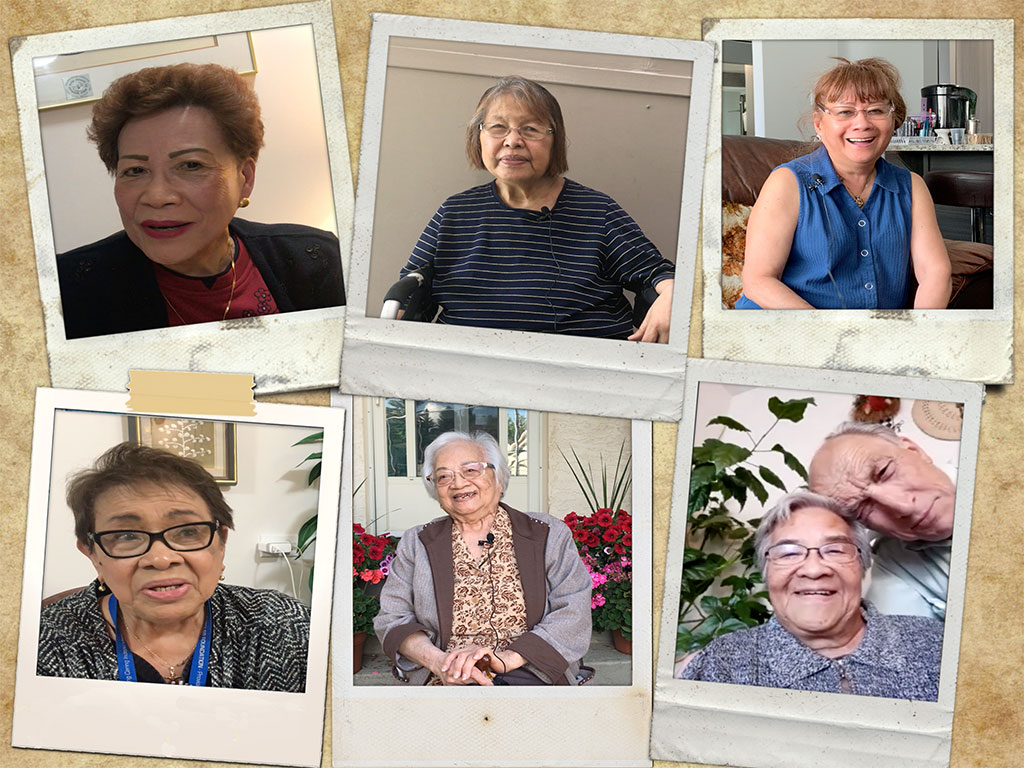
Paglalayag is also proof of the importance of a community contributing and working together. It brings to mind a quote by Helen Keller, “Alone, we can do so little; together, we can do so much”. As the creator of Paglalayag, I am humbled by the people who have heeded my request, and generously shared their time, experiences, and talent. I appreciate their willingness to be vulnerable in sharing their life’s ups and downs. I am honoured to have been entrusted with their stories, their momentos, and photos. I am also extra privileged to collaborate with Migrante Alberta, and filmmaker Shawn Tse, who has guided me in this new medium, grasped my ramblings with regards to my vision, and executed an outcome that reflects my voice.
And with the sheer amount of information and materials gathered, I was faced with the daunting task of compressing it and selecting which of the shared experiences should be highlighted in this iteration. I recognize that there are still so many stories to be featured, and in no way do I profess that Paglalayag is a comprehensive reporting. And our stories continue to be shaped, should continuously be documented and preserved, and be known.
I consider the whole process for Paglalayag, from research to filmmaking, as a process of discovery on so many levels. It is my desire that viewers will go through their own process of discovery in some shape and form, as well. Then let’s talk about it. Let’s share it. This is after all, our voices, and our stories. Let’s celebrate our history, our contributions and achievements.
Paglalayag: the Philippines to Canada Journey is supported by Canadian Heritage and Alberta Culture, Multiculturalism and Status of Women. Migrante Alberta provides a special feature on their work for migrant workers. To view the full list of storytellers, performers and contributors, go to philippineartscouncil.com/paglalayag .
The screening is on February 20-28, 2021. It is a free online screening, but registration is required at paglalayag.eventbrite.ca to access the link. This allows one to watch the documentary at any time, from anywhere in the world, during the screening period. Donations are accepted via interac or Paypal to philippineartscouncil@gmail.com, which will benefit the programs of Philippine Arts Council and the Edmonton Philippine International Centre initiative.
To comment on this article, go to https://www.philippineartscouncil.com/blog .


